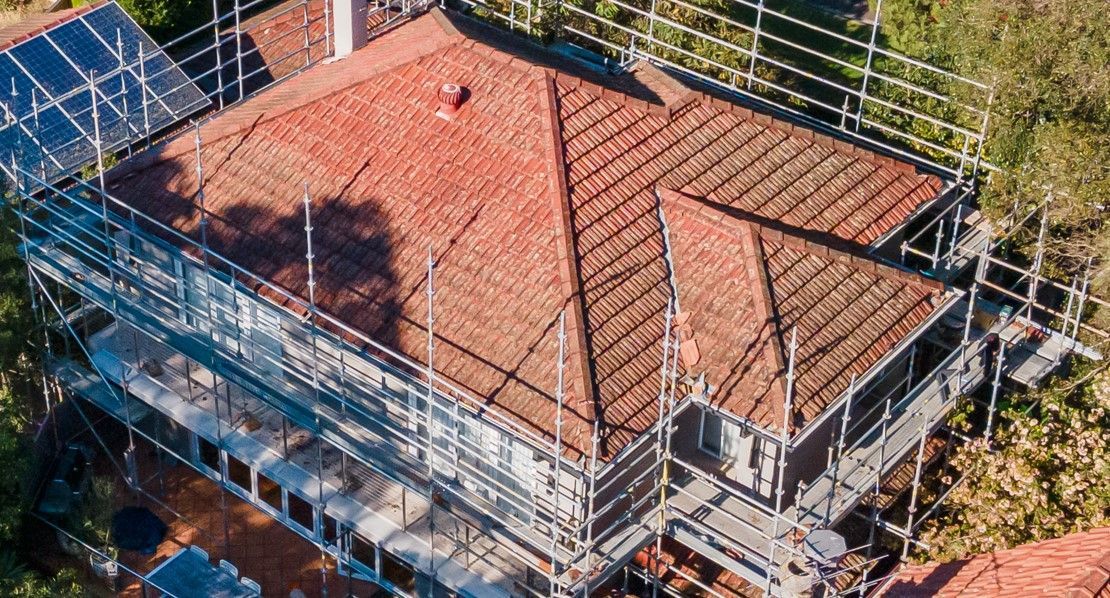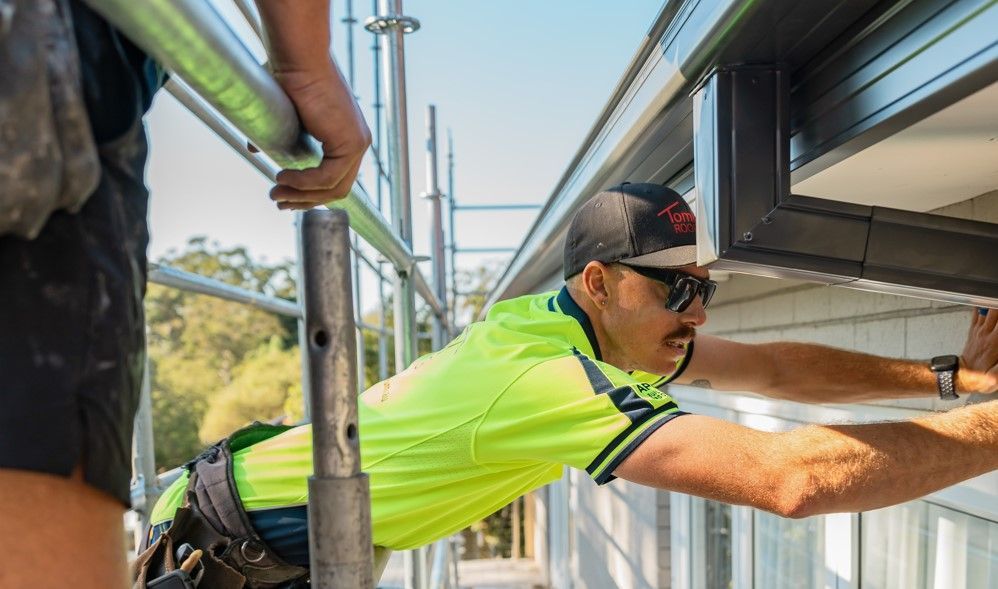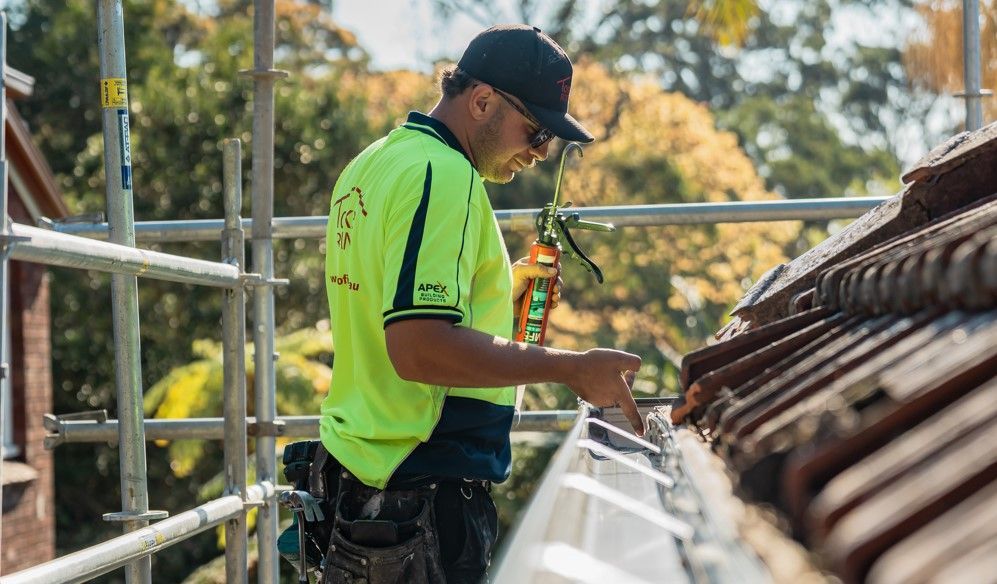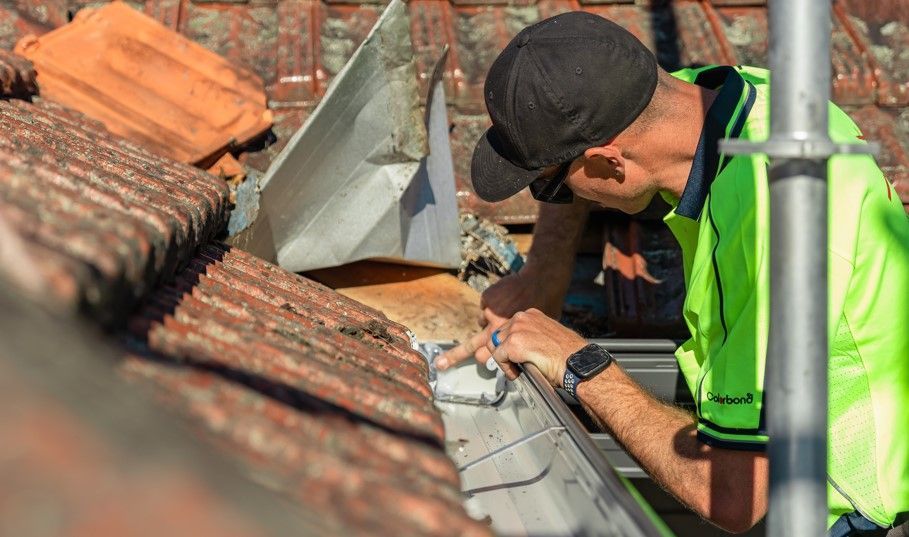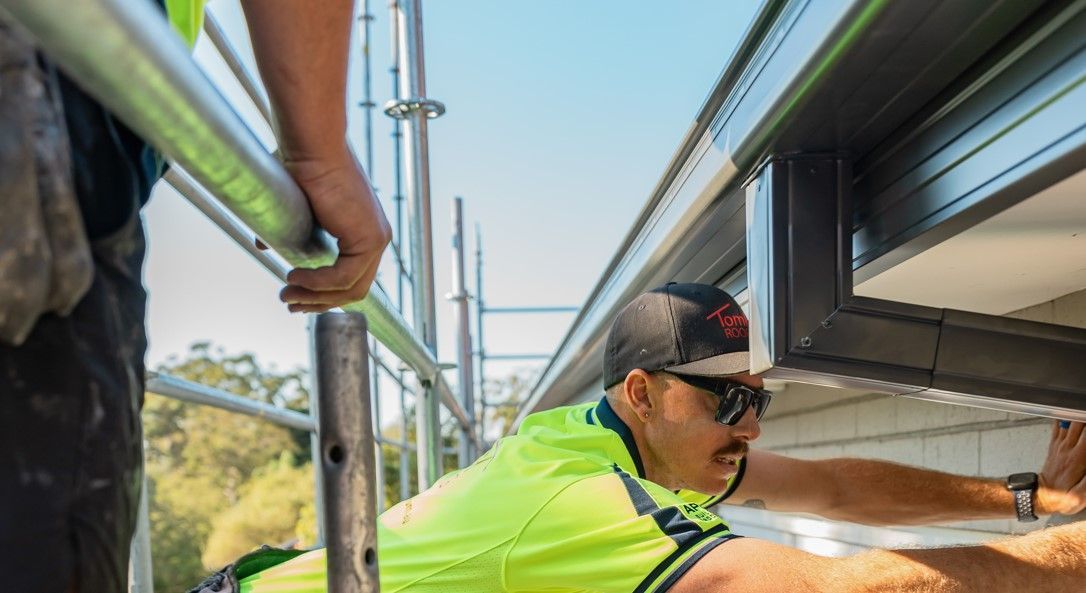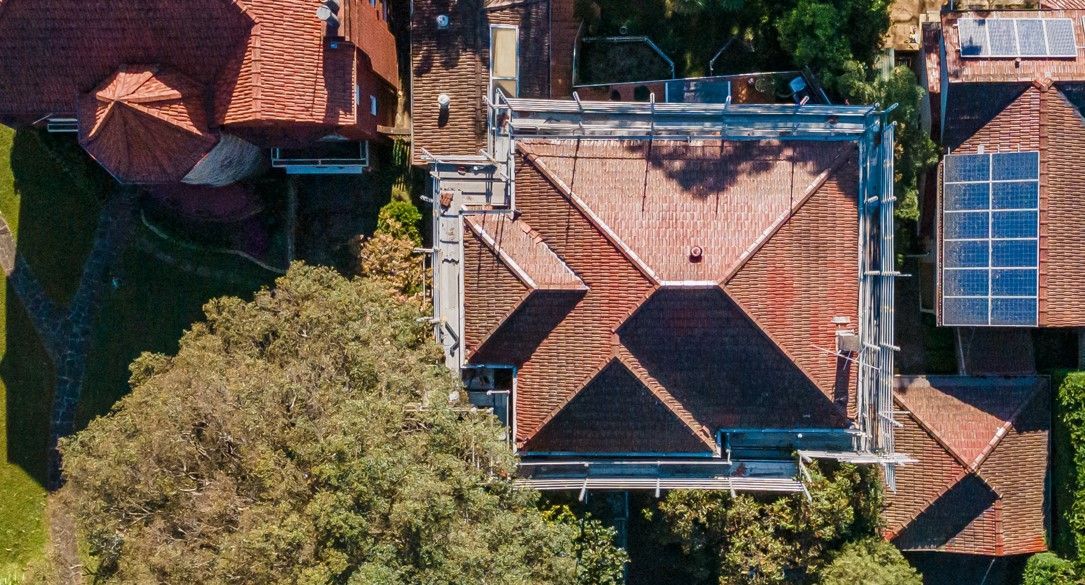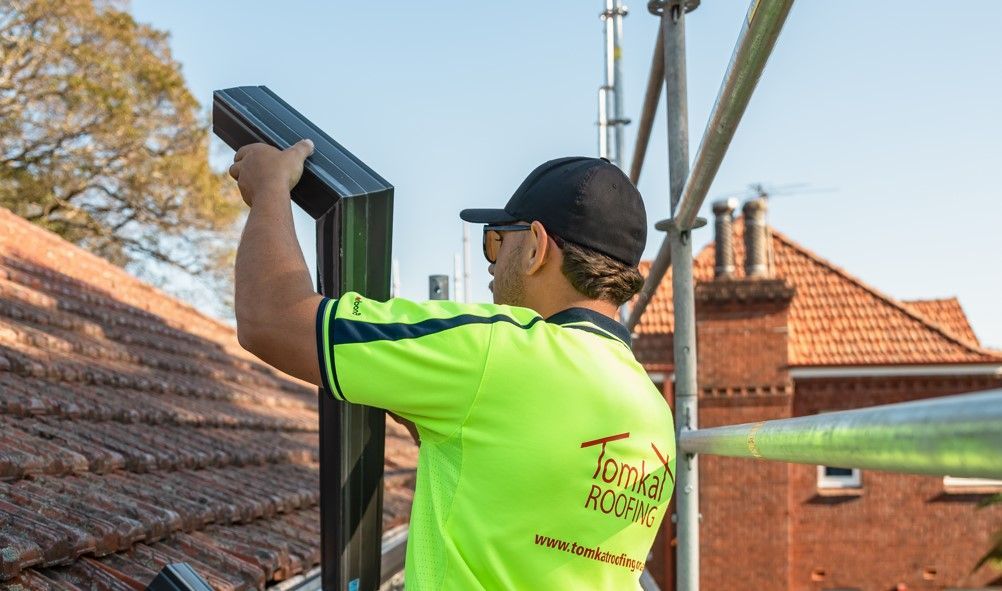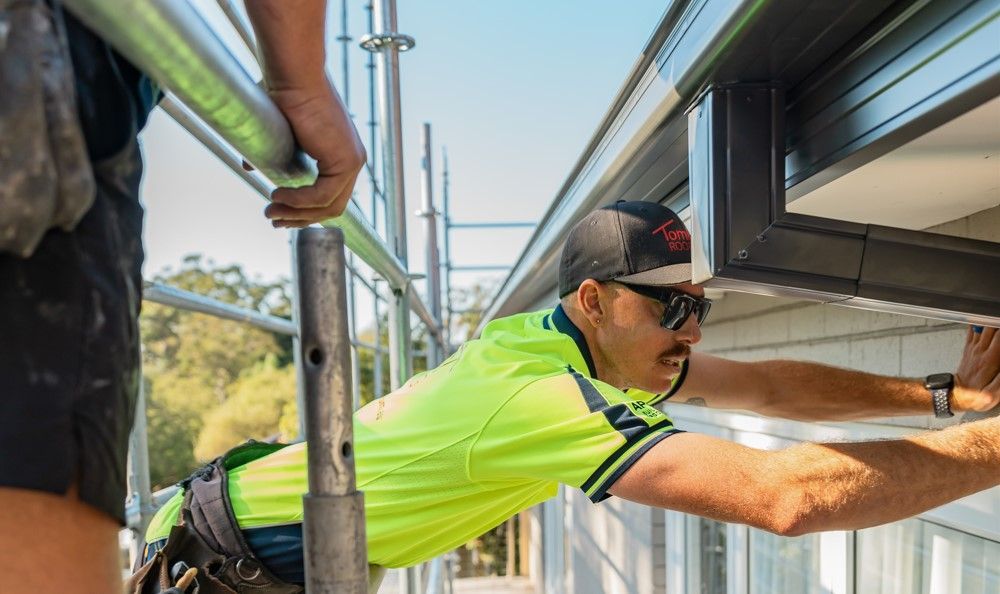Commercial Roof Inspections: Why They Are Essential for Building Owners
Your roof may not be the star of the show, but it sure takes center stage when something goes wrong! Regular roof inspections can save you from unexpected (and costly) repairs down the road.
So, why are commercial roof inspections so crucial? Picture this: a small crack or drainage issue goes unnoticed for months, and before you know it, you’re dealing with water damage, mold, or even structural problems. By the time it’s discovered, the repairs become urgent—and expensive.
Whether it’s weather damage, ageing materials, or ensuring compliance with local regulations, routine inspections provide peace of mind and long-term savings. In this blog, we’ll dive into the key reasons why investing in commercial roof inspections is a smart and proactive choice for building owners.
What Is the Role of Commercial Roof Inspections?
Commercial roof inspections serve as a proactive approach to maintaining the integrity of your building's roof. These inspections involve a thorough examination of the roof structure, materials, and systems to identify any existing or potential issues.
By scheduling regular inspections, building owners can detect issues early and avoid expensive repairs in the future.
Inspection for Roof: A Proactive Approach to Building Maintenance
A thorough commercial roof inspection involves a step-by-step evaluation of the roof’s condition. Trained professionals typically examine major aspects such as cracks, leaks, punctures, pooling water, drainage inefficiencies, and damage due to weather elements like storms, hail, or strong winds. The aim is to identify issues before they escalate into severe issues that could compromise the building’s structural integrity.
Once the inspection is complete, a comprehensive report is usually generated. This report provides building owners with a snapshot of the roof’s current state and outlines any necessary repairs, replacement needs, or preventive measures. This report is helpful for well-informed decisions about the building's upkeep.
Why is this Important?
● Early Problem Detection: A major benefit of regular inspection for roof conditions is the ability to detect minor issues early. Often, small cracks, worn seals, or leaks are not immediately visible from the ground but can be identified during a professional inspection. If left unattended, these minor damages can lead to water infiltration, mould growth, or even structural damage over time. Early detection helps prevent these larger issues from taking root.
● Cost Savings: Identifying roof issues in their early stages not only prevents structural damage but also offers significant cost savings. Roof repairs that address small leaks, damaged flashing, or clogged drainage systems are generally much cheaper than replacing an entire roof. By fixing minor issues now, building owners can avoid future expenses that could be exponentially higher if left untreated.
● Weather Resistance: Regular inspections make sure the roof remains weather-resistant, which is especially important in regions with extreme weather conditions. Damage caused by high winds, heavy rains, or hail can gradually wear down a roof, but routine assessments make sure that the roof can withstand these environmental stresses without compromising the building's safety.
● Enhanced Longevity: Regular inspections and timely repairs extend the overall lifespan of the roof. For commercial properties, this means deferring the high costs associated with roof replacements. A well-maintained roof could last decades longer than one that is ignored, making inspection services a wise long-term investment.
Why Is Preventative Maintenance Important for Commercial Roofs?
One of the most significant advantages of commercial roof inspections is preventative maintenance. Rather than waiting for a problem to arise, building owners can take a proactive approach by addressing potential concerns before they become major issues.
What Are the Long-Term Benefits of Preventative Maintenance?
● Extending Roof Lifespan: Regular commercial roof inspection services help to extend the life of the roof. By catching small issues early, you can avoid the need for a complete roof replacement, saving money and prolonging the functionality of the roof.
● Maintaining Roof Performance: Proper maintenance of the roof helps it perform its functions efficiently. Whether it's insulation, protection from the elements, or energy efficiency, a well-maintained roof performs better over time.
● Reducing Unplanned Expenses: Unscheduled roof repairs can disrupt business operations and lead to unexpected expenses. Routine maintenance and inspections help minimise these disruptions by keeping the roof in good condition.
Weather Resistance and Protection
Roofs face constant exposure to the elements, including rain, wind, snow, and intense sunlight. Over time, this exposure can take a toll on the roof's condition. Inspections are necessary to make sure that the roof is equipped to withstand these environmental pressures.
Weather-Related Issues
● Leaks and Water Damage: A commercial roof inspection is essential for identifying leaks and weak spots that could let in water. Water infiltration can cause damage to the building’s interior, leading to costly repairs.
● Wind and Storm Damage: Strong winds and storms can dislodge shingles, tiles, or other roofing materials. Inspections help detect damage caused by high winds and make sure the roof remains structurally sound.
● UV Damage: Constant exposure to UV rays can cause roofing materials to deteriorate over time. During an inspection of the roof, inspectors check for signs of sun damage and recommend repairs or treatments to prolong the roof’s lifespan.
Compliance with Local Regulations and Insurance Requirements
Many building owners may not realise that regular commercial roof inspections are often required to comply with local building codes and insurance policies. Most local authorities have regulations in place to make sure that commercial buildings are safe and up to code. Failure to meet these standards can result in fines or even legal issues.
Many insurance companies require routine roof inspections as part of their coverage agreements. These inspections make sure that the roof is in good condition and reduce the likelihood of future claims. Without proper inspection documentation, building owners may find it difficult to claim damages or receive compensation for roof-related issues.
How to Stay Compliant
● Schedule Regular Inspections: To remain compliant with insurance and local regulations, building owners should schedule inspections at least twice a year or after significant weather events.
● Maintain Records: Keep a detailed record of all commercial roof inspections, repairs, and maintenance. These records may be required by insurance companies or regulatory authorities in case of claims or audits.
Energy Efficiency and Sustainability
An often-overlooked benefit of regular commercial roof inspections is their role in promoting energy efficiency. A well-maintained roof contributes to better insulation and reduces the need for excessive heating or cooling, which can significantly lower energy costs.
Energy Efficiency Benefits
● Improved Insulation: Over time, roofing materials can deteriorate, leading to poor insulation. Inspections help identify areas where insulation can be improved, which, in turn, can lower energy consumption.
● Sustainability: Commercial roof inspection services help identify areas where the roof may need eco-friendly upgrades. Many businesses are turning to green roofing solutions, such as solar panels or energy-efficient materials, to enhance their sustainability efforts.
● Reducing Carbon Footprint: A well-insulated, properly maintained roof reduces the need for energy-intensive heating and cooling systems, contributing to a lower carbon footprint.
Identifying Drainage Issues
One of the most common issues found during commercial roof inspections is improper drainage. Poor drainage can lead to water pooling on the roof, which can cause leaks, mold growth, and structural damage. Regular inspections help make sure that the roof's drainage system is functioning correctly and prevent water damage.
Key Drainage Concerns
● Clogged Gutters and Drains: Inspectors will check for blockages in gutters, downspouts, and drains to make sure water flows away from the roof.
● Ponding Water: If water is pooling on your roof, it can lead to leaks and damage to the roof membrane. Inspections help identify areas where ponding water is a problem and suggest solutions to improve drainage.
Protecting Your Investment
A commercial roof is a significant investment for any building owner, and protecting that investment is necessary. Regular inspections help safeguard the roof and make sure it remains in top condition for years to come.
● Long-Term Savings: Investing in routine commercial roof inspections may seem like an added expense, but it is far more cost-effective than dealing with unexpected repairs or premature roof replacement. By keeping your roof well-maintained, you can avoid costly emergency repairs and extend the life of your roof.
● Peace of Mind: With regular inspections, building owners can have peace of mind knowing that their roof is in good condition and that any potential issues are being addressed promptly. This proactive approach helps avoid the stress and expense of emergency repairs or damage to the building’s interior.
Closing Insights on Commercial Roof Inspections
In summary, commercial roof inspections are essential for protecting the long-term health of your building's roof. Regular inspections are a cost-effective way to maintain your roof's integrity, from identifying potential problems early to compliance with regulations and improving energy efficiency.
By investing in professional commercial roof inspection services like Tomkat Roofing, building owners can enjoy peace of mind, knowing their roofs are ready to withstand the elements and protect their assets.
Remember, it's always better to prevent issues than to fix them—especially when it comes to your roof. Schedule your commercial roof inspection with us today and start safeguarding your investment. We provide everything from thorough inspections to prompt roof replacements.


